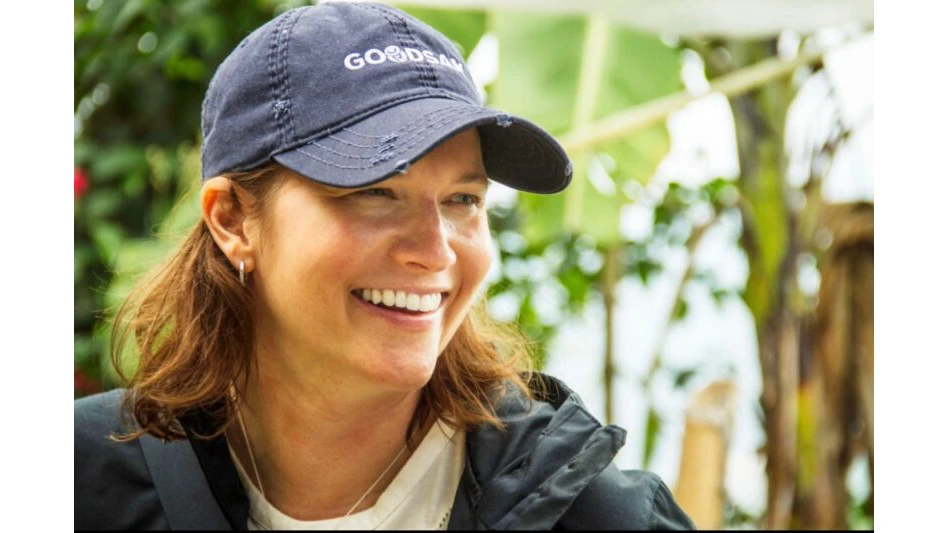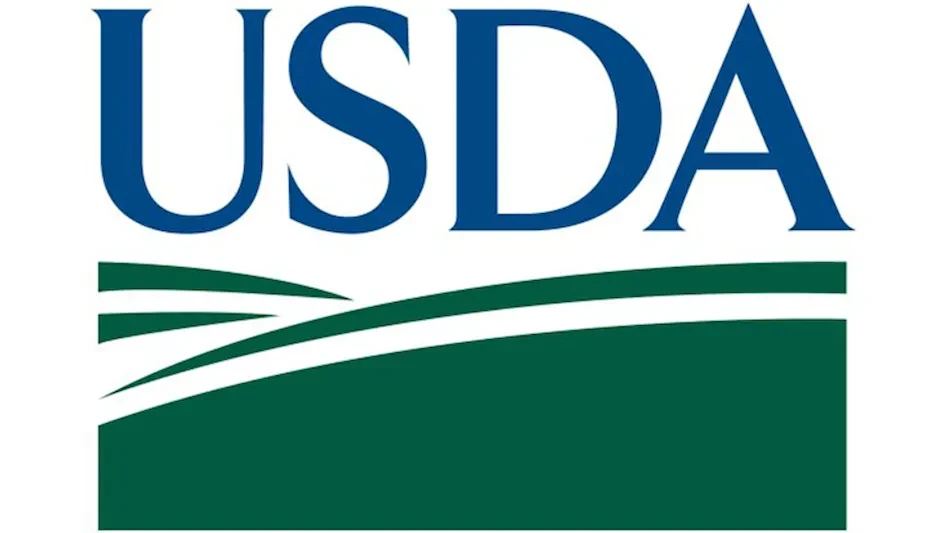
Photo courtesy Heather Terry
Protecting land and farmers while treating them as if they were just as important as the company’s top management has always been a normal business practice and No. 1 priority for Heather Terry, founder and CEO of GoodSAM Foods, a regenerative agriculture food company growing products like chocolate, coffee and nuts on the same land.
Terry has been in the food industry for 15 years, starting in 2008 as co-founder of NibMor Chocolate. When she left the company in 2015, Terry went on to consult for clean beauty and wellness brands such as S.W. Basics, Pulp Pantry, Organic Bath Co. and more, helping them build financial models to gain investments and advising on retail strategies.
In 2019, she joined BeyondBrands as a consultant, where one of her first projects was working with a chocolate supply chain out of Colombia. This project sparked the developed GoodSAM, founded in 2019.
“We realized we could preserve, protect and grow those systems through investing in infrastructure, roads and internet power lines, really fundamentally taking the concept of regeneration beyond the agricultural piece and into the business model.”
A HOLISTIC SYSTEM. The definition of a regenerative agriculture system includes biodiversity, meaning that multiple crops are growing on the same land. It eliminates tilling, which strips the top layer of topsoil and is one of the biggest concerns in the U.S., Terry said.
Regenerative agriculture prioritizes animal land management and worker equality and eliminates the use of pesticides and chemicals.
“We've built our portfolio around these foods that grow together and lean on each other that put carbon back into the ground,” said Terry. “We are prioritizing how much money farmers are making, and we want to give more streams of income so that life can be better [for farmers] and we're not losing the legacy of the family, which is also happening at an alarming rate around the world.”
Worldwide, the average age of a farmer is mid-60s — an issue that every food company should be concerned with, Terry said.
“It's one of the biggest threats we actually have to the food system today,” she said. “Farmers are being raked over the coals, deprioritized, taken advantage of and marginalized.”
Terry said the top priorities for many food companies center around competing at the retail shelf, going through brokers and middlemen for ingredients and producing finished products at the lowest possible cost. However, if farmers are not prioritized to ensure that land is taken care of, there won’t be any businesses left in 10 or 20 years to protect, Terry predicted.
“Without farmers, if you're running a food company, you could potentially have nothing,” she said. “Why aren't we prioritizing the land and the workers who protect that land?”
NO ONE IS SAFE FROM CLIMATE CHANGE. Regenerative agriculture is arguably one of the easiest ways to play an active role in protecting against climate change and reducing carbon emissions released into soil systems, Terry said. Thirty percent of all carbon emissions in the U.S. come from agriculture, said Terry, and flipping acreage into regenerative farming can help start to chip away at that number.
“We want that carbon to be drawn down back into the ground,” she said. “It's vitally important for plants and for life on Earth that carbon gets into soil and not into the atmosphere.”
Nearly 40 percent of the U.S. food supply is thrown away into landfills, according to Feeding America, equal to 149 billion meals a year. Getting to the root of where food comes from and staying educated on how land and farmers are being taken care of to grow the best quality products will inevitably bring the food supply full circle, Terry said.
Every food company CEO should take time to visit the farms their purchased food comes from to get a firsthand perspective on “how we pay our farmers, how we treat them, how we look at their land and helping them take care of their land so that we can ultimately take care of our businesses and take care of our consumers,” Terry said.
FINANCIAL NEEDS. Some of the largest challenges for small- and medium-sized enterprises are financial resources and capital raising. As interest rates continue to increase, it’s been a challenge for investors to capitalize on regenerative agriculture, Terry said.
“Investors don't have a very good understanding of the complexities of regenerative food systems,” she said. “I would love to see them become more educated about how the system really works.”
In the spirit of financial opportunity, GoodSAMS doesn’t pay into the third-party Fairtrade model, Terry said. Instead, the company follows a direct trade model, spending time on the ground in North America, South America and Africa working directly with farmers to learn what they need to grow quality crops. The company takes the money it would have paid into Fairtrade and invests it back into the community, Terry said.
“We collaborate [with farmers] to build roads; we've put in power lines, internet, electricity, clean water, bathrooms … We've done a whole bunch of projects in the past four years,” she said. “It's about what the community actually needs to move forward.”
IT COMES DOWN TO QUALITY. Terry characterizes food quality by how crops are farmed while simultaneously taking care of the land.
“I think when we strip crops down to their cheapest format, push the farmer to the highest yields at any expense with every chemical, we lose quality so fast,” she said.
Latest from Quality Assurance & Food Safety
- IDFA Presents Leadership Award to Six Federal Officials at Annual Celebration of Dairy Reception
- Seeding The Future Global Food System Challenge is Changing Lives: Winners Reflections
- Raw Farm Products Recalled Following Bird Flu Virus Detections
- FDA Issues 2024 Voluntary National Retail Food Regulatory Program Standards
- GSA Launches Assurances Platform, Prism and Webinar Series in Partnership with Wholechain
- Multistate E. coli Outbreak Linked to Iceberg and Romaine Lettuce Blend
- FDA, USDA Seek Information About Food Date Labeling
- William Marler, Food Safety Advocate and Lawyer, Condemns Lack of Safety of U.S. Food Supply





